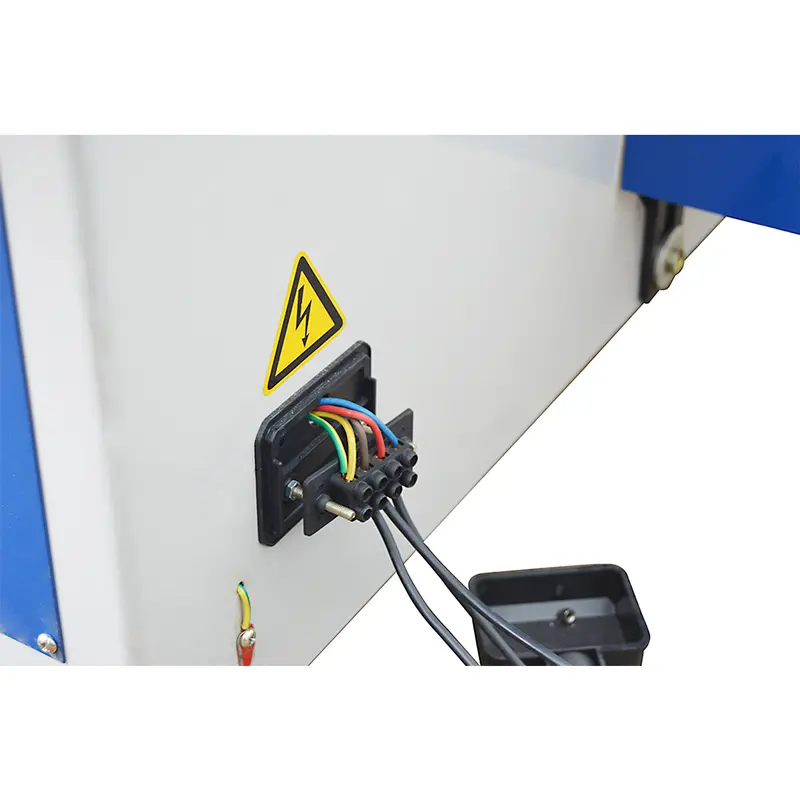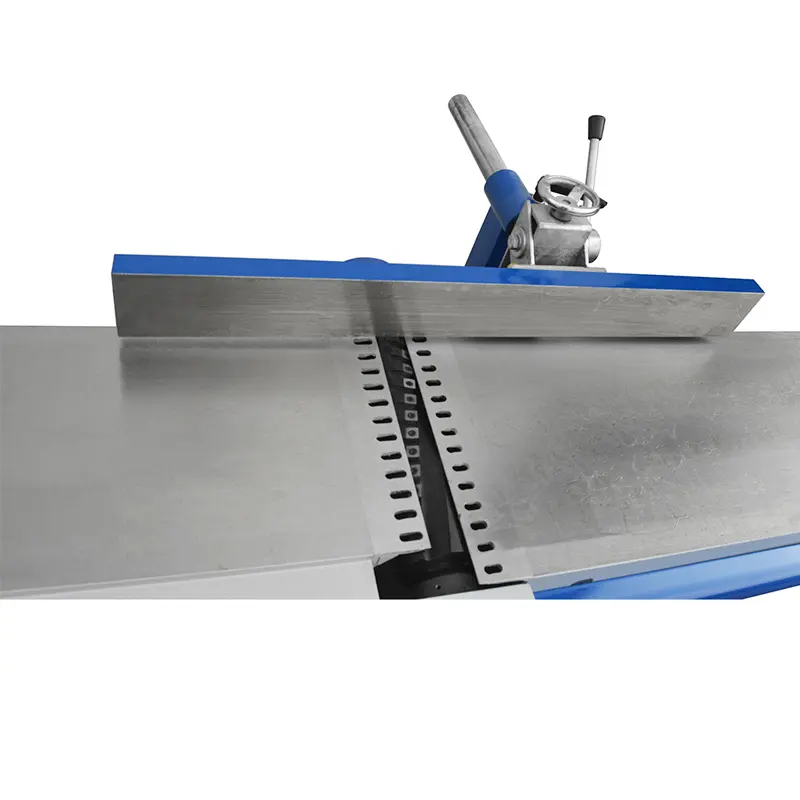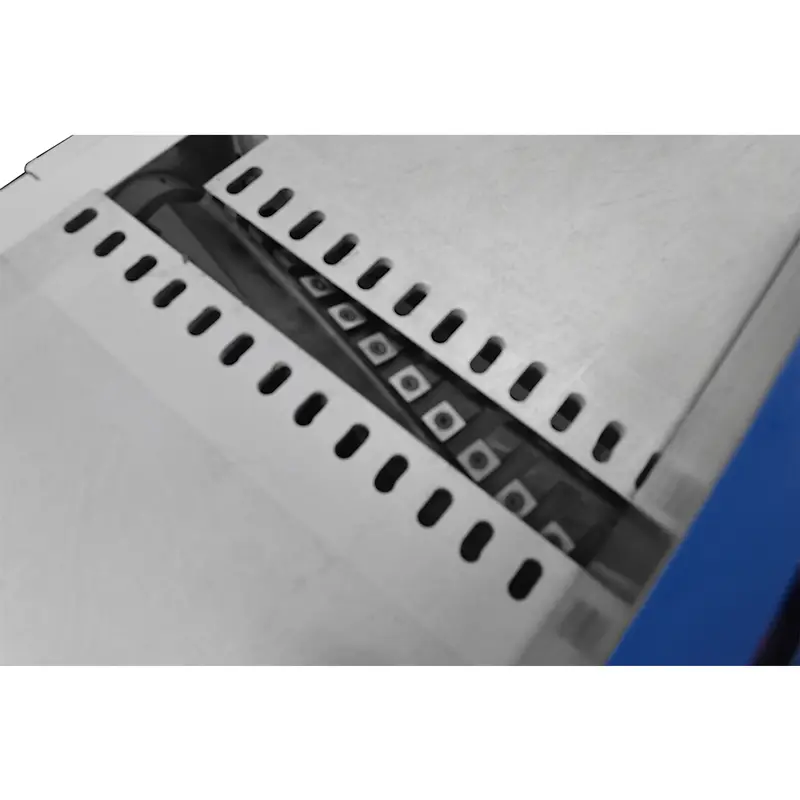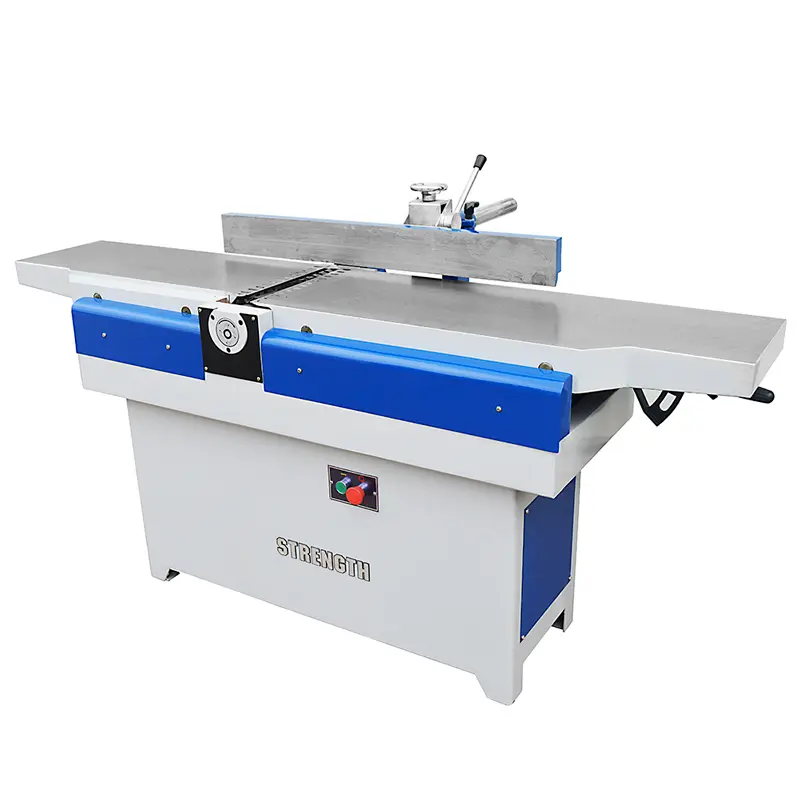If you are a woodworking enthusiast or professional, you may have heard of jointers. These powerful tools are essential for getting smooth, straight edges on wood pieces. In this blog, we’ll take a deep dive into the world of connectors, exploring how they work, their different types, and the key factors to consider when using them.
So, how exactly does a seamer work? Essentially, a jointer is a machine used to create a flat surface on wood. It does this by chipping away small amounts of material from the surface of the wood, resulting in a smooth, even surface. Jointers are often used to straighten edges, flatten surfaces, and smooth board edges, making them a valuable tool in any woodworking shop.
There are several key components that allow a jointer to complete his job efficiently. The first is the feed table, which can be adjusted up and down to control the depth of cut. The second is the cutter head, which contains multiple sharp blades that rotate to remove material from the wood. Finally, the outfeed table supports the wood as it passes through the machine, ensuring consistent and accurate results.
In terms of type, there are two main categories of bonding machines: desktop bonding machines and floor-standing bonding machines. Desktop connectors are smaller and more portable, making them a good choice for hobbyists or those with limited space. Their cutting capacity is usually about 6 inches, making them suitable for smaller projects. Floor-standing splicers, on the other hand, are larger and more powerful, with cutting capabilities ranging from 8 to 16 inches. These are perfect for professional woodworkers or those working on larger projects
When using joints, there are some important factors to keep in mind to ensure the best results. The first is maintaining a steady and consistent feed rate as the wood passes through the machine. This will help achieve a smooth and even surface. Additionally, it is crucial to ensure that the infeed and outfeed tables are properly aligned, as any misalignment can result in uneven cuts. Finally, it is important to use sharp blades and keep your machine well maintained for optimal performance.
A common technique using a jointer is called face jointing, which involves smoothing out one face of the board before edge jointing. Face joining is essential to create reference surfaces that can be used to achieve square and straight edges on the board. Edge jointing is then used to straighten and square the edges of the board, resulting in a piece of wood that can be further processed such as jointing or planing.
In summary, connectors are an indispensable tool for achieving smooth and straight edges on wood pieces. Whether you’re a hobbyist or a professional woodworker, understanding how connectors work and how to use them effectively is crucial to producing a high-quality finished product. By mastering the basics of jointing and following best practices, you can unlock the full potential of this essential woodworking tool. Happy joining!
Post time: Jan-26-2024




